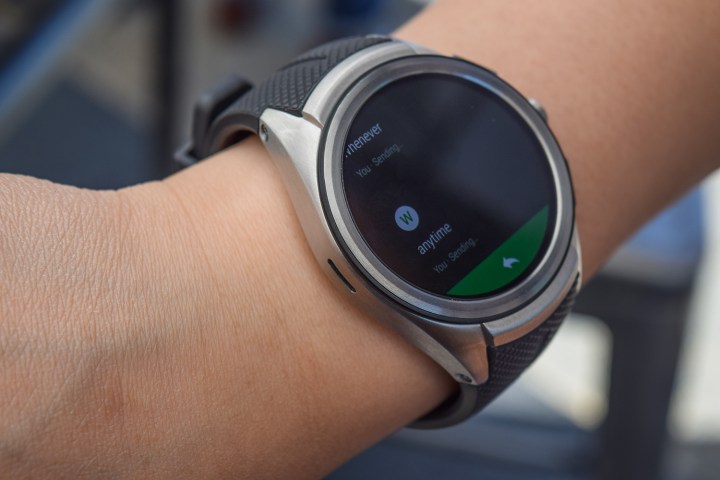
To combat the sales slump, Google is looking for new ways to promote Android Wear devices and get people to buy devices during the holiday season. How is it doing that? With the “Magic Minute Project.”
As part of the project, Google has teamed up with around 30 people seen by Google as “makers” and “doers,” and has created a series of one-minute videos that celebrate “what time means” to each of those people. For example, Kie Willis filmed a 60-second Parkour trial and kiteboarder Bruna Kajia shows off some of her kiteboarding tricks.
“The final minute of a competition is always the most intense: The riders perform their ‘all-or-nothing’ tricks and everything is on the line,” Google wrote in the Magic Minute blog post.
A range of different Android Wear watches were used in the videos, including the Asus ZenWatch 3, the Moto 360 Sport and Moto 360 second-gen, Huawei Watch, the Fossil Q Wander, Fossil Q Marshal, and more.
Not only that, but Google says the Magic Minute Project is now open to everyone — users can submit their videos, which may end up being featured on the website dedicated to the project. And, of course, you can still get all of the Android Wear watches shown off in the videos from the Google Store.
Editors' Recommendations
- Google has a magical new way for you to control your Android phone
- Google just announced 8 big Android updates. Here’s what’s new
- The Pixel 7’s best camera trick is coming to the iPhone and all Android phones
- Google is finally bringing YouTube Music to older Wear OS watches
- Disappointingly, Wear OS 3 won’t be saving Android smartwatches for a while yet

